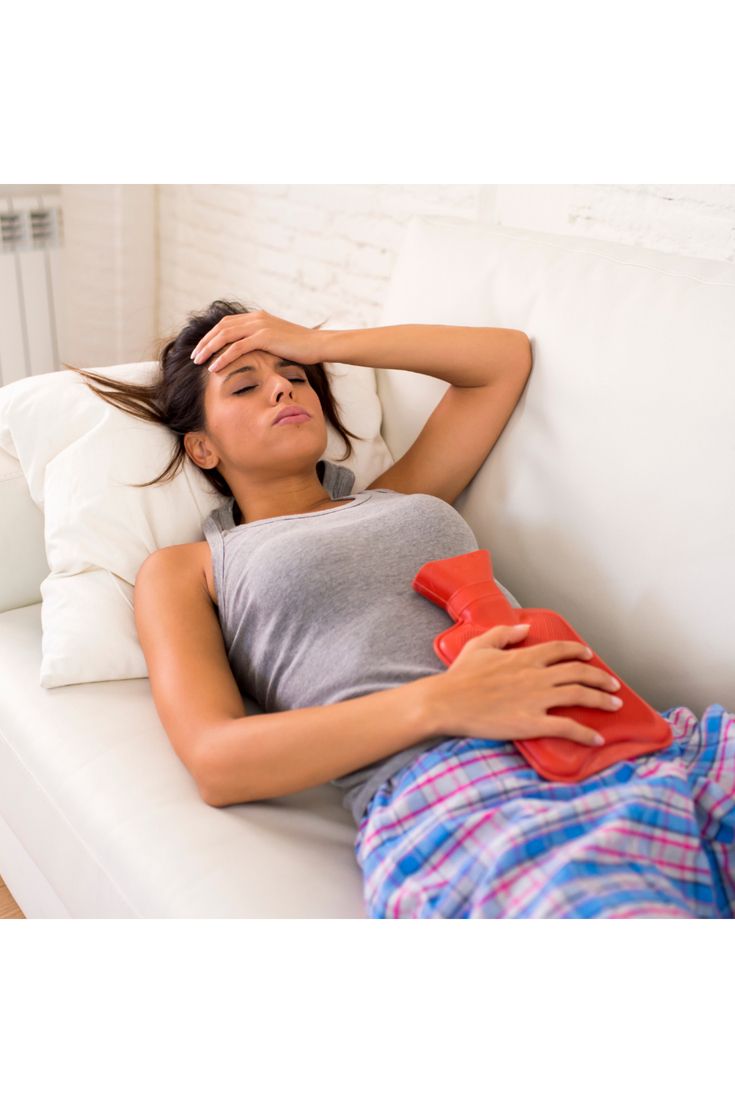Dysmenorrhoea
Home
Dysmenorrhoea
Ayurvedic Remedies for Menstrual Pain (Dysmenorrhea)
Menstrual pain, or dysmenorrhea, is one of the most common gynecological problems affecting women worldwide. It is characterized by cramping pain in the lower abdomen during menstruation, often accompanied by fatigue, nausea, backache, and emotional distress. While modern medicine offers painkillers, they provide only temporary relief and may have side effects.
Ayurveda, the ancient Indian system of natural healing, views dysmenorrhea as a disorder caused by an imbalance of Vata dosha, especially Apana Vayu (responsible for downward movement of menstrual flow). By correcting this imbalance through Ayurvedic remedies for menstrual pain, lifestyle changes, diet, and therapies, women can experience long-term relief without side effects.

Causes of Dysmenorrhea in Ayurveda
According to Ayurveda, painful menstruation is primarily due to Vata dosha imbalance and accumulation of Ama (toxins). Contributing factors include:
- Excessive consumption of cold, dry, or junk foods
- Stress, anxiety, and irregular sleep
- Sedentary lifestyle with lack of exercise
- Suppression of natural urges
- Weak digestion (Mandagni) leading to toxin buildup
- Hormonal disturbances affecting reproductive health
Why Dysmenorrhea Happens
From a modern medical perspective, menstrual pain happens due to:
- Overproduction of prostaglandins, causing strong uterine contractions
- Reduced blood flow to uterine muscles Inflammation in pelvic organs
From an Ayurvedic view:
- Obstructed Apana Vayu prevents smooth menstrual flow.
- Accumulated Ama blocks reproductive channels (Artava Vaha Srotas).
- This leads to cramps, heaviness, back pain, and fatigue.
Ayurvedic Medications & Therapies
Some classical medicines prescribed by Ayurvedic doctors include:
- Rajah Pravartini Vati – regulates menstruation.
- Ashokarishta – reduces uterine inflammation.
- Dashmoolarishta – balances Vata and relieves cramps.
- Kumaryasava – supports overall reproductive health.
Note: Always consult an Ayurvedic practitioner before taking medicines.
Natural Ayurvedic Remedies for Menstrual Pain
Ayurveda offers holistic therapies that relieve pain, balance hormones, and strengthen reproductive health.
Herbal Remedies
- Ashoka (Saraca asoca): Regulates menstrual cycle and reduces cramps.
- Shatavari (Asparagus racemosus): Nourishes the uterus, balances hormones.
- Ginger & Turmeric: Anti-inflammatory herbs that relieve pain naturally.
- Hing (Asafoetida): Improves blood circulation and relaxes uterine muscles.
- Triphala: Detoxifies and balances digestion.
Ayurvedic Formulations
- Ashokarishta – balances female hormones.
- Rajah Pravartini Vati – stimulates smooth menstrual flow.
- Kumaryasava – strengthens reproductive system.
Panchakarma Therapies
- Abhyanga (oil massage): Relaxes abdominal muscles and reduces Vata.
- Basti (medicated enema): Effective for chronic dysmenorrhea.
- Swedana (herbal steam): Relieves cramps and improves circulation.
Foods to Be Avoided
Women with painful periods should avoid foods that aggravate Vata and create Ama:
- Spicy, oily, and deep-fried food
- Cold and refrigerated food items
- Excessive caffeine, tea, and carbonated drinks
- Processed and packaged foods
Foods to Be Taken
A balanced Ayurvedic diet can reduce menstrual cramps and promote smooth cycles:
- Warm, freshly cooked meals
- Herbal teas with ginger, fennel, or cinnamon
- Fresh fruits like papaya, pomegranate, and bananas
- Green leafy vegetables for iron and minerals
- Cow’s ghee in moderation for lubrication of Vata
- Warm milk with turmeric before bed
Exercises and Lifestyle Practices
Ayurveda emphasizes Yoga and lifestyle correction for long-term relief:
Yoga Asanas (help relieve cramps and improve blood circulation):
- Supta Baddha Konasana (Reclining Bound Angle Pose)
- Bhujangasana (Cobra Pose)
- Balasana (Child’s Pose)
- Setu Bandhasana (Bridge Pose)
Pranayama
- Anulom Vilom (Alternate Nostril Breathing) – balances doshas.
- Bhramari (Bee Breathing) – calms the mind and reduces stress.
Lifestyle Tips
- Maintain regular sleep cycles.
- Avoid excessive stress and overexertion.
- Apply warm compress or hot water bag to lower abdomen.
- Gentle massage with sesame oil before periods.
How Women Suffer from Dysmenorrhea
The pain of dysmenorrhea is not just physical; it affects emotional, social, and professional life:
- Physical Symptoms: Severe cramps, back pain, nausea, bloating, fatigue.
- Emotional Symptoms: Irritability, mood swings, anxiety, depression.
- Social Impact: Missing work or school, reduced productivity.
- Long-Term Effects: Poor quality of life, dependency on painkillers.
Note: Always consult an Ayurvedic practitioner before taking medicines.
FAQ
Yes, by targeting Vata imbalance, improving digestion, and enhancing tissue healing, Ayurveda provides long-term relief.
- Pain concentrated in the lower abdomen, suprapubic region, or around the umbilicus
- Pain may radiate to the thighs or lower back
- Types of pain include throbbing, dull, shooting, or burning sensations
- May be accompanied by nausea, headache, dizziness, fatigue, vomiting or diarrhea in some women
It is one of the most common gynecological complaints among adolescent and reproductive-age women. Reported prevalence ranges broadly (often cited between 60% and 93%) depending on population. (This is referenced on the Healing Earth page.)
- In primary dysmenorrhea, there is no underlying structural abnormality; pain arises mainly from excessive uterine contractions triggered by prostaglandins
- In secondary dysmenorrhea, the pain is due to an underlying pathology (e.g. endometriosis, fibroids, pelvic inflammatory disease)
In Ayurveda’s view, dysmenorrhea occurs due to a vitiation or imbalance in Apana Vata (a sub-type of Vata dosha) which governs the downward flow in the pelvis, plus metabolic disturbance
- Sedentary lifestyle or lack of exercise
- Familial or hereditary predisposition
- Psychological factors such as stress and anxiety
- Irregular or heavy, “cold,” or “unctuous” foods in diet
- Imbalance in internal metabolism as per Ayurvedic understanding
- If pain is severe and disrupts school, work or daily life
- If pain begins suddenly in midlife or changes in pattern
- If there is abnormal bleeding, heavy flow, or irregular menstrual cycles
- If there are signs suggestive of pelvic disease (unusual discharge, pain between cycles)
